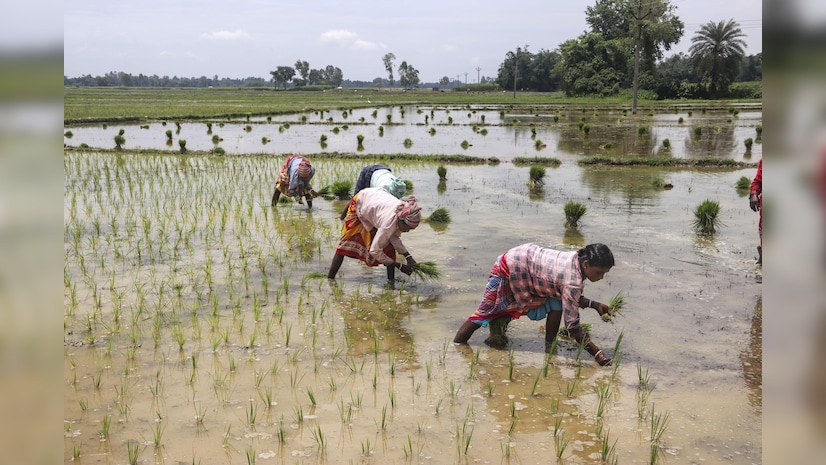
)
Budget 2024: The Agristack system will act as a digital ecosystem to bring together various stakeholders in the agricultural sector. (Representational)
The Centre is preparing to implement Agristack, an open-source digital public infrastructure (DPI) for agriculture, over the next three years. The announcement was made by Union Finance Minister Nirmala Sitharaman in her Budget speech on Tuesday (23 July).
During her Budget speech, Sitharaman also said that Agristack will bring over six crore farmers under the formal land registry system. Under the system, farmers’ registry is assigned a unique digital ID, which is linked to their land records and Aadhaar. Notably, Uttar Pradesh and Maharashtra are already piloting these IDs.
What is Agristack?
Agristack will be a repository of all farmer information, including their identity, land records, coverage, income, insurance, loans, crop details, and revenue history. This data will be collected through several sophisticated means, including satellite data provided by ISRO, real-time crop information through advanced technologies like artificial intelligence, machine learning, GPS, and visual analytics, among others.
The Agristack system will act as a digital ecosystem to bring together various stakeholders in the agricultural sector, including farmers, government agencies, agritech companies, and financial institutions. Besides the Krishi-Decision Support System and Soil Profile Maps, Agristack will also become one of the core components of the DPI for agriculture.
Agristack: Why is it needed?
At present, land records and farmers’ IDs, which are with separate departments, have to be accessed to offer some benefits to farmers or to build something for them. In several cases, manual records are found to be insufficient or inaccurate. The proposed Agristack system will streamline all farmer-related information.
The Agristack system is meant to facilitate better decision-making, enhance productivity, and improve the overall livelihood of farmers across the country. The government wants Agristack to revolutionise agriculture, similar to how Aadhaar transformed payments.
Separately, the formalisation of farmer information through Agristack will help private businesses access data free of cost and thereby reduce costs to onboard farmers to their platforms. Agristack will enable companies to reach critical mass quicker without extensive fieldwork. Similarly, the availability of farmer-related data will also facilitate fintech startups to serve farmers better by providing loans and insurance, allowing them to assess the creditworthiness of borrowers.
The system will offer several other benefits, including enabling data-driven policymaking, promoting agricultural productivity, facilitating targeted delivery, and allowing real-time monitoring.
Agristack: Who is implementing it?
It will be implemented by the Union Ministry of Agriculture and Farmer Welfare in collaboration with the revenue and agriculture departments of state governments. In 2021, the ministry set up a task force and asked it to come out with a white paper on Agristack. Soon after, the ministry started conducting pilot projects with different state governments.
It is worth mentioning that the government will enter into partnerships with private sector companies to enhance the digital infrastructure and services offered through Agristack.






